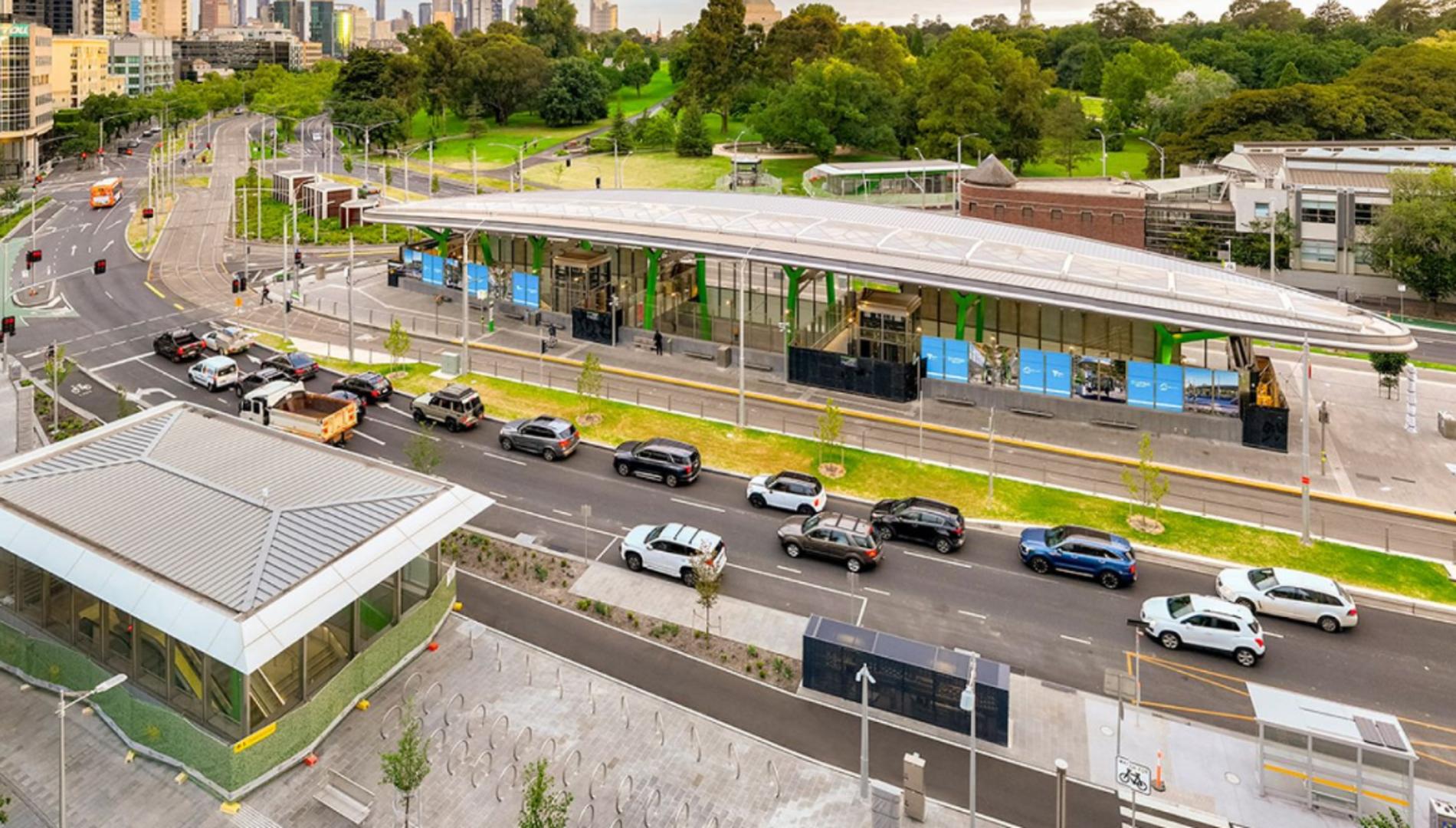Take a look up at the night sky, just after sunset, and there’s a good chance you will see a satellite pass overhead. Perhaps you’ll see the International Space Station, a Russian spy satellite or an old rocket stage. However, you’re unlikely to see an Australian satellite.
Australia has been a vociferous user of space technology in recent decades. For example, our weather satellite images come from the Japanese Himawari-8. However, we have been one of the few OECD countries without a space agency. Even New Zealand has a space agency, and aerospace company Rocket Lab has launched rockets into space from the North Island. Much of Australia’s engagement with the 400 billion dollar space industry has been limited to subcontracting (or worse, being a bystander).
September’s announcement of an Australian space agency is thus exciting news. It should herald increased participation in space industry, and opportunities to grow the local industry, which is already worth $3-4 billion per year. This is good news for scientists and engineers, including graduates from Monash University.
However, before we get too excited, we should look at the announcement more closely. The role, funding and name of the agency - those key details were left unanswered. Given the vacuum of information, one wag stepped in and created social media accounts and webpages for Australian Research and Space Exploration (ARSE).
September’s announcement took place at the 68th International Astronomical Congress in Adelaide. It was a good media opportunity, given people were already interested in the Congress for Elon Musk’s latest Mars plans. However, for all the key details (including the space agency’s name) we will have to wait until 2018.
This delay is not without good reason. Former CSIRO chief executive Megan Clarke is chairing a review of Australia’s space industry and how the government could help grow this sector. That review is due to be completed in March 2018.
So what could the Australian space agency be? Will it be an antipodean NASA, with a multi-billion dollar budget, orbital launches from Woomera and Australian astronauts? Almost certainly not.
Government statements have very much emphasised industry, not rockets and astronauts. At one level this is not unreasonable, as the commercial and military space industries dwarf space exploration undertaken by space agencies such as NASA. The government (and opposition) are keen for Australia to increasingly tap into the commercially lucrative aspects of space. The Australian space agency will almost certainly be about facilitating industry, not exploration.
That said, the door is not completely closed to Australian space science and exploration. Several Australian university groups have already built tiny cubesats, and more are planned. And Clarke’s review will address “international collaboration, including identifying critical future and existing partnerships,” which I hope will open some new opportunities. For example, both Japan and Russia have launched radio space telescopes, and Australia could be a natural partner in future radio space telescopes given its established radio astronomy expertise.
So the Australian space agency presents opportunities, for Australian industry and Australian university graduates, including Monash students. However, many of the details remain unknown, and we probably won’t know the remit, budget and name of the Australian space agency until well into 2018. Then we will really see how Australia will take to space.






